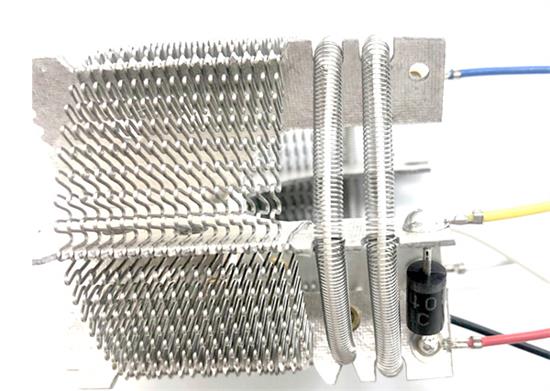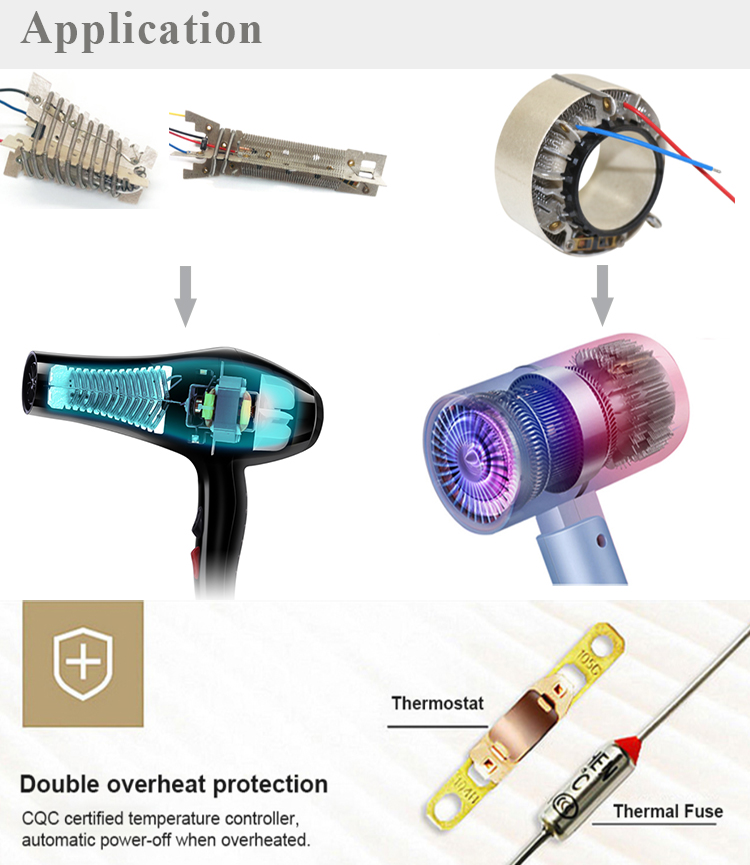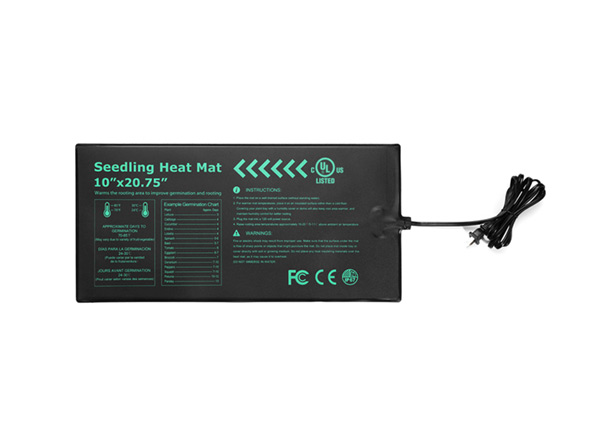Working Principle of Electric Heating Wire
Working Principle of Electric Heating Wire
Electric heating wires exhibit different functional characteristics based on their chemical composition and organizational structure. They can be categorized into iron-chromium-aluminum alloy heating wires and nickel-chromium alloy heating wires, both serving as essential heating elements. For optimal heating solutions, immersion heaters offer efficient and reliable performance across various applications, complementing the use of these heating wires.

Experimental results indicate that iron-chromium-aluminum alloy heating wires can operate at temperatures as high as 1400°C. They boast a long lifespan, high resistivity, and excellent surface compound properties. The advantages of iron-chromium-aluminum alloy heating wires lie in their high operating temperature and good oxidation resistance. However, their drawback lies in their reduced strength under high-temperature conditions, with increased plasticity as temperature rises, making them susceptible to deformation, which is difficult to repair.
On the other hand, nickel-chromium alloy heating wires exhibit high strength in high-temperature environments, maintaining their structural integrity. These wires also possess good room-temperature ductility, making repairs after deformation relatively simple. Additional advantages include high emissivity, non-magnetic properties, excellent corrosion resistance, and extended lifespan. However, the operating temperature of nickel-chromium alloy heating wires cannot match that of the former type. Moreover, the manufacturing process involving nickel incurs higher costs compared to iron, chromium, and aluminum, affecting cost control.

The primary function of electric heating wires is to convert electrical energy into heat when supplied with electricity. They find wide application as heating elements in various common electric heating devices. Their versatile usage extends across medical, chemical, electrónico, electrical, metallurgical machinery, ceramic, and glass processing industries, among others.
In summary, electric heating wires are crucial heat-generating components that efficiently transform electrical energy into thermal energy. They find extensive use in numerous heating applications, making them indispensable in multiple industries, ensuring enhanced performance and operational efficiency.



